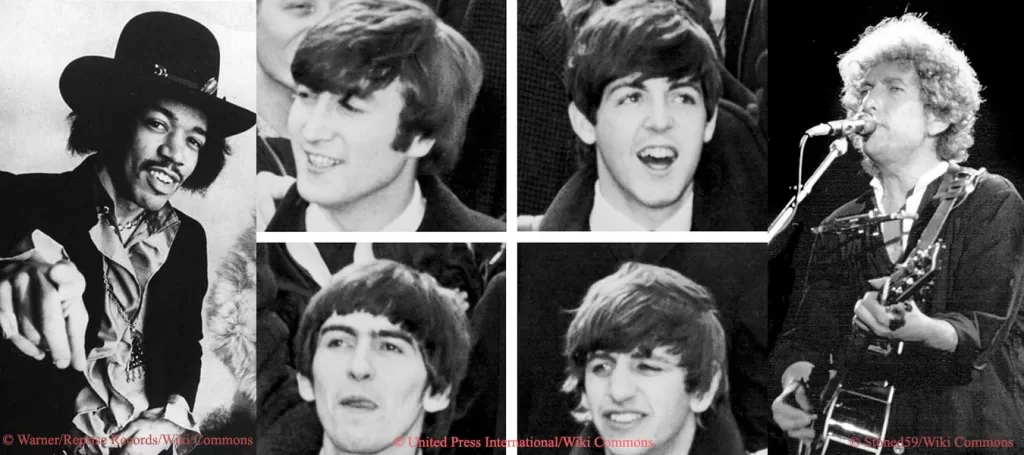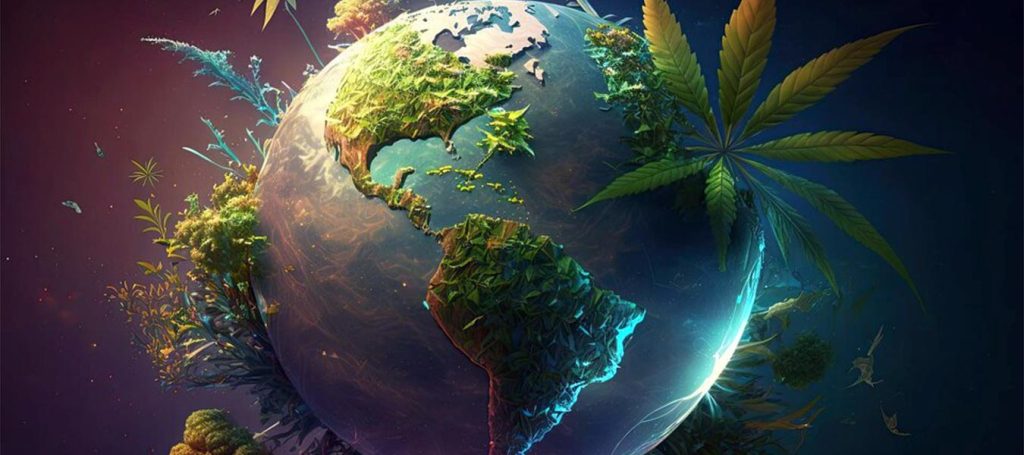Voices on Cannabis: 11 Insightful Quotes by Influential Figures
Voices on Cannabis 11 Insightful Quotes by Influential Figures Blog In this article, we’re looking at memorable cannabis quotes from some of the most famous people the world has ever seen. Cannabis, a plant with a rich history and a complex societal presence, has garnered the attention and opinions of numerous influential individuals who’ve quoted on it. From renowned scientists to iconic musicians, these figures have offered diverse perspectives on the relationship between humanity and this intriguing herb. Join us as we explore 11 quotes on cannabis from famous people who shed light on the profound impact of this plant. Cannabis has impacted our culture, creativity, and even our collective consciousness! From the aromatic flower to modern vape technology, cannabis has been used commonly across times and cultures. And, from classic consumption methods involving bongs, to the convenience of pre-rolls, and more – cannabis seems like it’s here to stay! Bob Marley’s Famous Cannabis Quote: ‘Herb is the Healing’ © Singlespeedfahrer / Wiki Commons “Herb is the healing of a nation, alcohol is the destruction.” Bob Marley (1945–1981) was a Jamaican singer, songwriter, and musician who became an international icon and is one of the greatest and most influential reggae musicians of all time. He was a follower of the Rastafari movement, which considers the use of marijuana a sacrament. Part of this cannabis quote reflects on that aspect (of healing). Rastafarians believe that the plant connects them to a higher spiritual consciousness. In various interviews, Bob Marley expressed his belief in the healing properties of marijuana. He saw it as a natural remedy and spoke about its potential to bring people together. Bob Marley likely smoked marijuana in the form of hand-rolled cigarettes, known as “spliffs” or “joints,” as this is a traditional method of consumption within the Rastafarian culture. Additionally, he might have also used cannabis in other forms, like teas or edibles. Edibles are also common among Rastafarians for spiritual and medicinal purposes. Bill Hicks on the Natural Herb “Why is marijuana against the law? It grows naturally upon our planet. Doesn’t the idea of making nature against the law seem to you a bit… unnatural?” Bill Hicks (1961–1994) was an American stand-up comedian, social critic, satirist, and musician known for his thought-provoking and often controversial comedy. Hicks was critical of the War on Drugs, expressing his belief that the government’s approach was misguided and that marijuana, in particular, should be decriminalized. In his comedy, Hicks often used satire and humor to address societal issues, including the hypocrisy he saw in drug policies (a reflection of that in his cannabis quote!). He questioned the cultural stigma surrounding marijuana while contrasting it with the legality and social acceptance of other substances. Hicks did not specify the exact form in which he consumed cannabis. However, given the usual methods of cannabis consumption during his time, it’s likely that he smoked marijuana in the form of joints or possibly through other methods such as pipes or bongs. ©Angela D / Wiki Commons Carl Sagan’s Quote on Cannabis & Serenity ©NASA / JPL / Wiki Commons “The illegality of cannabis is outrageous, an impediment to full utilization of a drug which helps produce the serenity and insight, sensitivity and fellowship so desperately needed in this increasingly mad and dangerous world.” Carl Sagan (1934–1996) was an American astronomer, astrophysicist, cosmologist, author, and science communicator. He played a significant role in popularizing science and making complex scientific concepts accessible to the general public. Sagan, under the pseudonym “Mr. X.” anonymously discussed his THC experiences with marijuana. In the essay, he reflects on the potential benefits and insights that cannabis may offer. The essay was published in the book “Marihuana Reconsidered” by Dr. Lester Grinspoon. “Mr. X” describes how marijuana enhances his sensory perceptions and promotes introspective thinking. While Carl Sagan did not openly acknowledge the authorship of the essay during his lifetime, it became widely known that he was “Mr. X” after his death. The scientist consumed cannabis in the form of marijuana joints. In his essay published under the pseudonym “Mr. X,” Sagan describes his experiences with marijuana and its effects, suggesting that he smoked it in the classic form. Steve Martin on Smoking Marijuana “I used to smoke marijuana. But I’ll tell you something: I would only smoke it in the late evening. Oh, occasionally the early evening, but usually the late evening – or the mid-evening. Just the early evening, midevening and late evening. Occasionally, early afternoon, early midafternoon, or perhaps the late-midafternoon. Oh, sometimes the early-mid-late-early morning…but never at dusk.” Steve Martin is an American actor, comedian, writer, producer, and musician who gained prominence in the entertainment industry during the 1970s. Born on August 14, 1945, in Waco, Texas, Martin has had a multifaceted career that spans comedy, film, television, writing, and music. Steve Martin is not associated with marijuana in the same way as some other artists. While he quotes on cannabis in comedic contexts in his work, it is not a central theme. While he hasn’t explicitly mentioned the form of consumption in detail, we assume that Steve Martin smoked marijuana in the form of joints or possibly used other traditional methods such as pipes or bongs, given the cultural norms of the time when he was using cannabis. Additionally, considering his comedic style and references to marijuana in his routines, smoking joints, or similar methods would align with the context of his discussions about cannabis. © David Shankbone / Wiki Commons George Carlin’s Quote on Possession of Cannabis © Little David Records / Wiki Commons “I was arrested for possession and cultivation of marijuana in the early ’70s, and it was thrown out. The judge asked me how I felt about it, and I said, I understand the law, and I want you to know I’ll pay the fine, but I cannot guarantee I will not break this law again.” George Carlin, the legendary stand-up comedian and social critic, did share his thoughts on cannabis during his performances. This cannabis quote reflects Carlin’s satirical and thought-provoking approach to societal norms and his questioning



